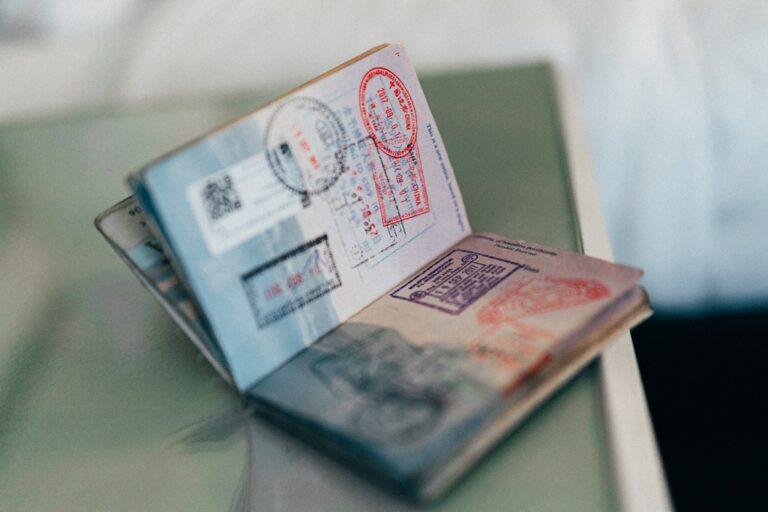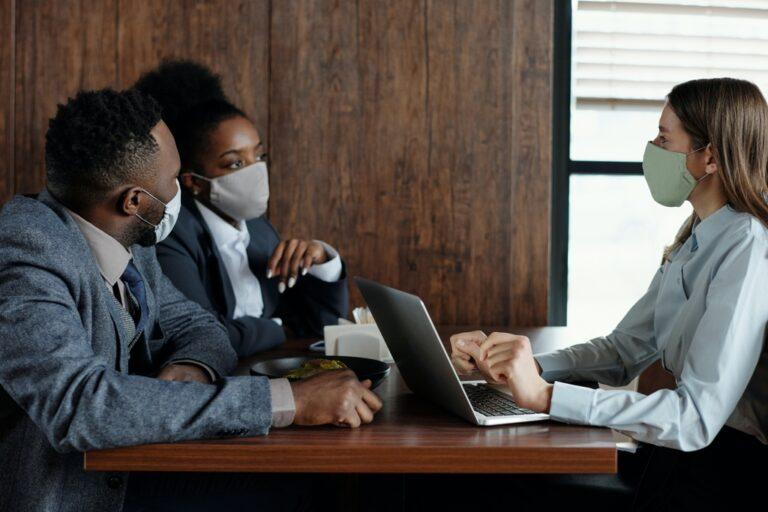A year on from the first international lockdowns brought about by COVID-19 last March, the world has begun its slow return towards normalcy. We take a look at what progress has been made, and what it might mean for hospitality companies and the travel industry.
Vaccines
The most obvious progress that has been made since the pandemic made its way worldwide in 2020 is the accelerated development and release of a significant variety of vaccines. At least 12 different vaccines have been authorised, with many more in various stages of development. As of 12 April, more than 805 million people have been vaccinated worldwide, a figure that is increasing every day.
However, with the duration of immunity after vaccination still under study and virus mutations spreading, there is still uncertainty about how the vaccination regime will be like in the long run. On 15 April, pharmaceutical company Pfizer’s chief executive Albert Bourla said people will likely need a third booster shot of Covid-19 vaccines within 12 months, and there might be a need for annual shots similar to the regular flu vaccine.
Alongside vaccination efforts, countries around the world are trialing and developing vaccine passports to verify that passengers meet both visa and vaccination requirements. As the creation of such a vaccine passport is unprecedented, there is a need for international collaboration to make the travel process easy and straightforward, especially for countries discussing travel agreements and implementing travel bubbles.
Travel Agreements
Just like it was the first step of reopening for many hotels after the lockdowns, domestic travel is expected to shape the industry’s first concrete steps towards recovery.
As more people get vaccinated, travel guidelines are being gradually eased to encourage interstate travel and kickstart the gears for international travel to get back on its feet. For example, several states in the United States have begun allowing vaccinated domestic travel, while Indonesia has proposed a ‘safe travel corridor’ between Singapore and popular Indonesian tourist destinations Batam and Bintan. The ‘travel corridor’, while targeted at Singaporeans, will also permit visits from vaccinated domestic tourists.
Separately, travel bubble agreements are also in the works for many countries – neighbours New Zealand and Australia will be restoring unrestricted two-way travel between their countries come April 19, a year after they shut their international borders. Singapore, too, is in talks with other countries to build travel bubble arrangements, with Transport Minister Ong Ye Kung saying that vaccinated travellers might be able to travel through such bilateral arrangements in the second half of the year.

These travel bubbles are essential for the restoration of leisure travel. At present, tight restrictions on travel including extensive paperwork and a two-week quarantine period means that travel has been out of the picture for the average person looking for a vacation. With the institution of travel bubbles, vaccinated travellers are able to sate their wanderlust and begin planning getaways outside of their country, without the limitations that have become commonplace worldwide over the last year.
Naturally, such destinations will be limited and there are many factors to be considered before we can hail the successful launch of travel bubbles, much less see it all the way through – last November, Hong Kong and Singapore abruptly postponed their planned travel bubble a day before it was intended to be launched, due to a surge in coronavirus cases in Hong Kong. Presently, Singapore is once more in talks with Hong Kong to restart the travel bubble.
Traveler Sentiment
Traveler sentiment also plays a crucial part in how quickly recovery will take place – while the urge to travel remains strong, many prospective leisure travellers are sceptical of the travel situation. This is especially after the cancellation of the aforementioned Singapore-Hong Kong travel bubble, which emphasised the dynamism and unpredictability of the travel situation at present.
On top of that, it’s likely that the pandemic has left a permanent impact on business travellers, who make up the other majority of prospective travellers who might tap into the travel bubble. For many former frequent flyers, online meetings have become the norm, regardless of travel restrictions and time zone differences. While in-person meetings still have their advantages over online ones, the stress and anxiety that comes with travelling might put off companies and professionals from travelling for work in the near future.

As this is a developing situation, much remains up in the air and is prone to change. However, if the first travel bubbles are able to proceed smoothly and the vaccines prove effective in curbing virus transmission, they could spell the first steps towards the long-term recovery of travel.
Ideally, these travel bubbles could grow into travel corridors, where travellers can travel between multiple countries on a single trip. This would possibly open up travel between neighbouring countries in a region, leading to eventual regional and later, continental expansion of travel. Alongside growing herd immunity as vaccination numbers increase, this will finally allow us to reopen our borders to international travel once more.
While there is a ways to go yet, there is cautious optimism that we are taking the first decisive steps towards recovery, for the world and for travel alike.
Privacy Overview
| Cookie | Duration | Description |
|---|---|---|
| cookielawinfo-checkbox-analytics | 11 months | This cookie is set by GDPR Cookie Consent plugin. The cookie is used to store the user consent for the cookies in the category "Analytics". |
| cookielawinfo-checkbox-functional | 11 months | The cookie is set by GDPR cookie consent to record the user consent for the cookies in the category "Functional". |
| cookielawinfo-checkbox-necessary | 11 months | This cookie is set by GDPR Cookie Consent plugin. The cookies is used to store the user consent for the cookies in the category "Necessary". |
| cookielawinfo-checkbox-others | 11 months | This cookie is set by GDPR Cookie Consent plugin. The cookie is used to store the user consent for the cookies in the category "Other. |
| cookielawinfo-checkbox-performance | 11 months | This cookie is set by GDPR Cookie Consent plugin. The cookie is used to store the user consent for the cookies in the category "Performance". |
| viewed_cookie_policy | 11 months | The cookie is set by the GDPR Cookie Consent plugin and is used to store whether or not user has consented to the use of cookies. It does not store any personal data. |